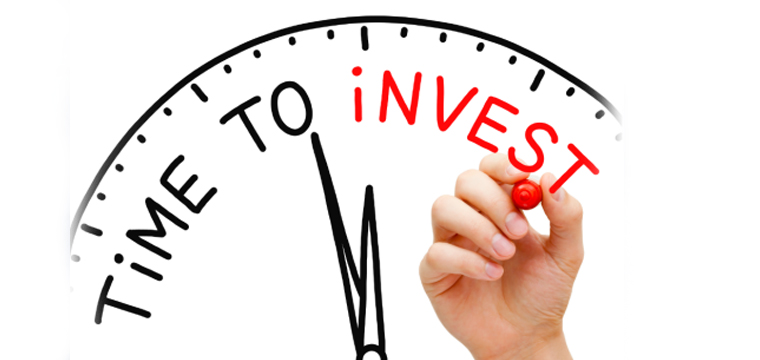Investing for a purpose
Investing is more than just about making money

MY experience indicates that most people who’ve accumulated a great deal of wealth haven’t had that as their goal at all. Wealth is only a by-product, not the original motivation.” – Michael Milken, enterpreneur/financier/philanthropist
Investing is more than just about making money. I am a firm believer of investing for a purpose. A lot of times clients of mine ask me, “When is the best time to invest?” To me there are a lot more important questions to ask than that. Here are seven questions that should be considered when doing your investment planning:
1. Am I ready to invest? Everyone can invest, but to have a worry-free investing journey, one must make sure the financial foundation is strong enough for regular investing to be sustainable. As an example, investing would not be recommended to someone who cannot fully pay credit-card debt on its due date nor would investing be recommended to someone without a healthy cash flow. It is also recommended that breadwinners get insurance first before they think about investing. This way, in case breadwinners die too soon, beneficiaries can still continue the breadwinners’ investment goal.
2. Why am I investing? When we talk about financial goals, there are usually two aspects to it: the reward aspect and the monetary aspect. In this question we find out the reward aspect to our financial goal. Is it for our gracious retirement or our children’s education? Or is it for the maintenance of our health when we grow old or is it for my dream house or dream travel plan? In the end, it will be these types of rewarding dreams that will make our goals exciting and more meaningful.
3. How much is my investment goal? Whatever dreams/goals we have, chances are they have their monetary equivalent. How much do you need for retirement? How much do you need to build your dream house or send your kids to the best school you can afford? How much would it cost to travel the world? All these goals, have monetary values and for us to achieve our rewarding goals, we need to know their monetary equivalent, otherwise we would blindly invest without knowing where we are headed.
4. Which investment instrument should I invest in? Investments are not limited to stocks, pooled funds or bonds. Business, for example, is one investment instrument that can give very high returns. Investing in real estates can also be a good hedge against inflation and is a good investment instrument that can give one passive income. Whichever investments you choose, the important thing to understand is the amount of risk one is able to tolerate. One who is risk averse can feel anxiety when investing in a high-risk investment, while someone who has high risk tolerance can be frustrated with investments giving low returns.
5. How much do I need to invest? Answering this question now allows us to build the action plan for our investment planning. This action plan is important because it tells us what we need to do to achieve our goals. However, the answer to this question will be dependent on 1) the type of investment instrument we choose; 2) the amount of time we have; and 3) the monetary equivalent of our goal. Without any one of those, it will be difficult to determine the amount we need to regularly invest.
6. For how long should I continually invest? Much like the previous question, the answer to this would be dependent on the type of investment instrument, the monetary equivalent of the goal and time. One has to understand, though, that the closer it is to the goal’s “deadline,” the higher the cash outlay is needed.
7. How much return/yield do I need to achieve my investment goal? Returns and yields may vary depending on the chosen investment instrument. Businesses can potentially give you returns between 30 percent and 100 percent. While investing in the stock market can give 10 percent to 15 percent return per annum, pooled funds’ (mutual funds, UITFs and VULs’ investment component) returns can be between 6 percent and 12 percent per annum depending on the type of fund, while bonds can yield 4 percent to 6 percent per year.
Yes, investing may be about us wanting to make money, but to live a more meaningful life, I believe we need to look beyond just the money and set meaningful goals. So before we invest, take some time to figure out the answers to the questions above. And if you insist on an answer to the question
“When’s the best time to invest?”
This is the cliché answer I can give:
The best time to invest was actually yesterday, but since we let that pass, today’s the next best time because tomorrow might just be too late.
****
 Jeremy Jessley Tan is a Registered Financial Planner of RFP Philippines. He is currently a Wealth Portfolio Manager for one of the leading insurance companies in the Philippines.
Jeremy Jessley Tan is a Registered Financial Planner of RFP Philippines. He is currently a Wealth Portfolio Manager for one of the leading insurance companies in the Philippines.
Source: http://www.businessmirror.com.ph/index.php/en/business/banking-finance/22302-investing-for-a-purpose
Comments
2,817 total views, 1 views today












Social